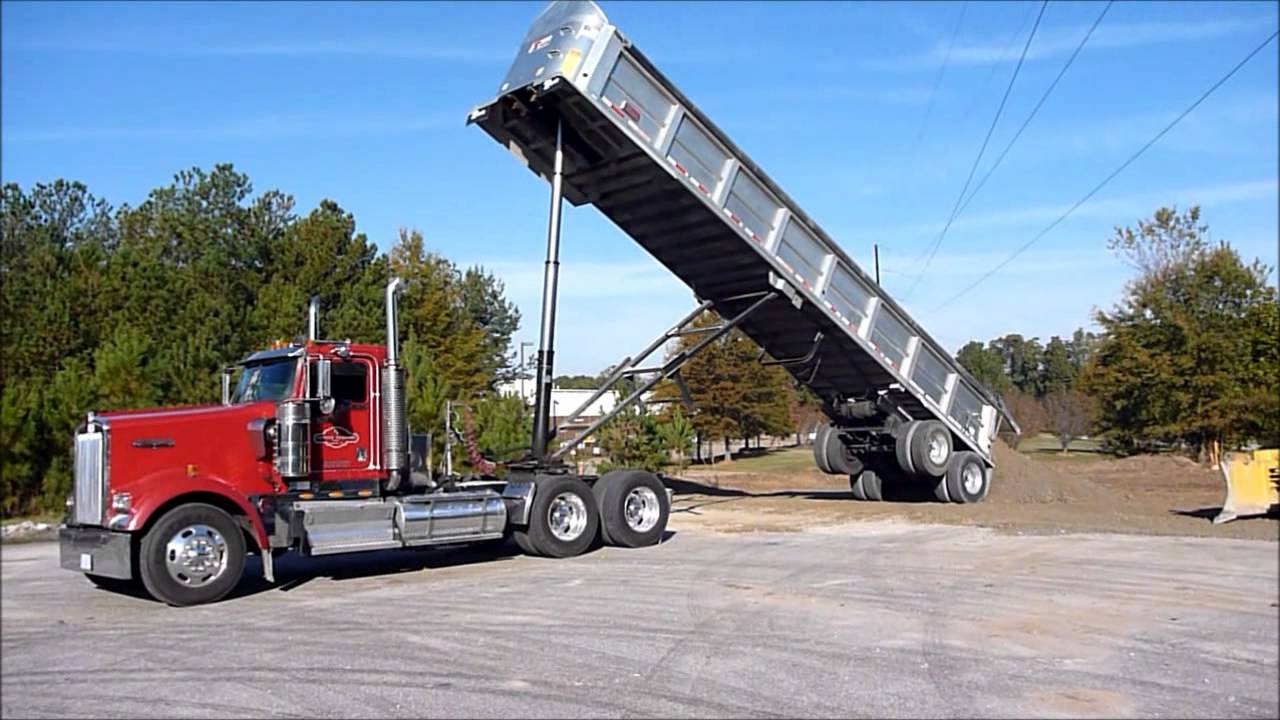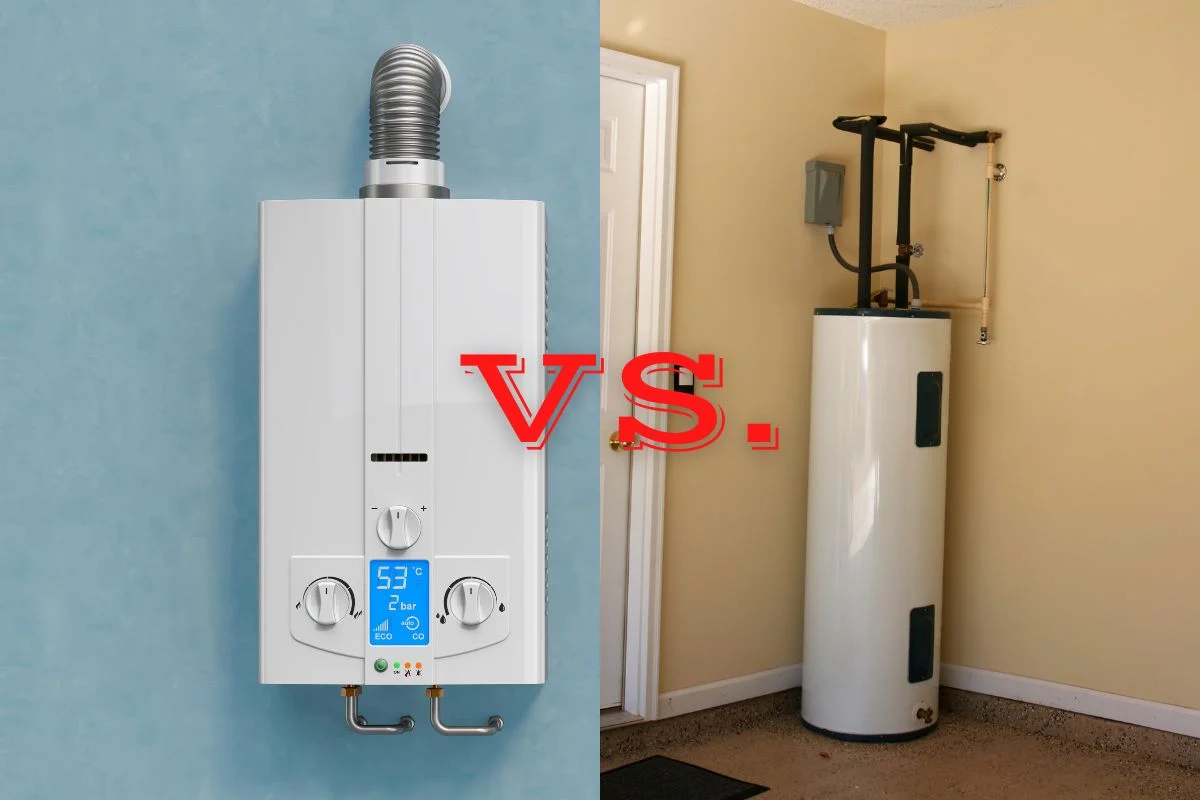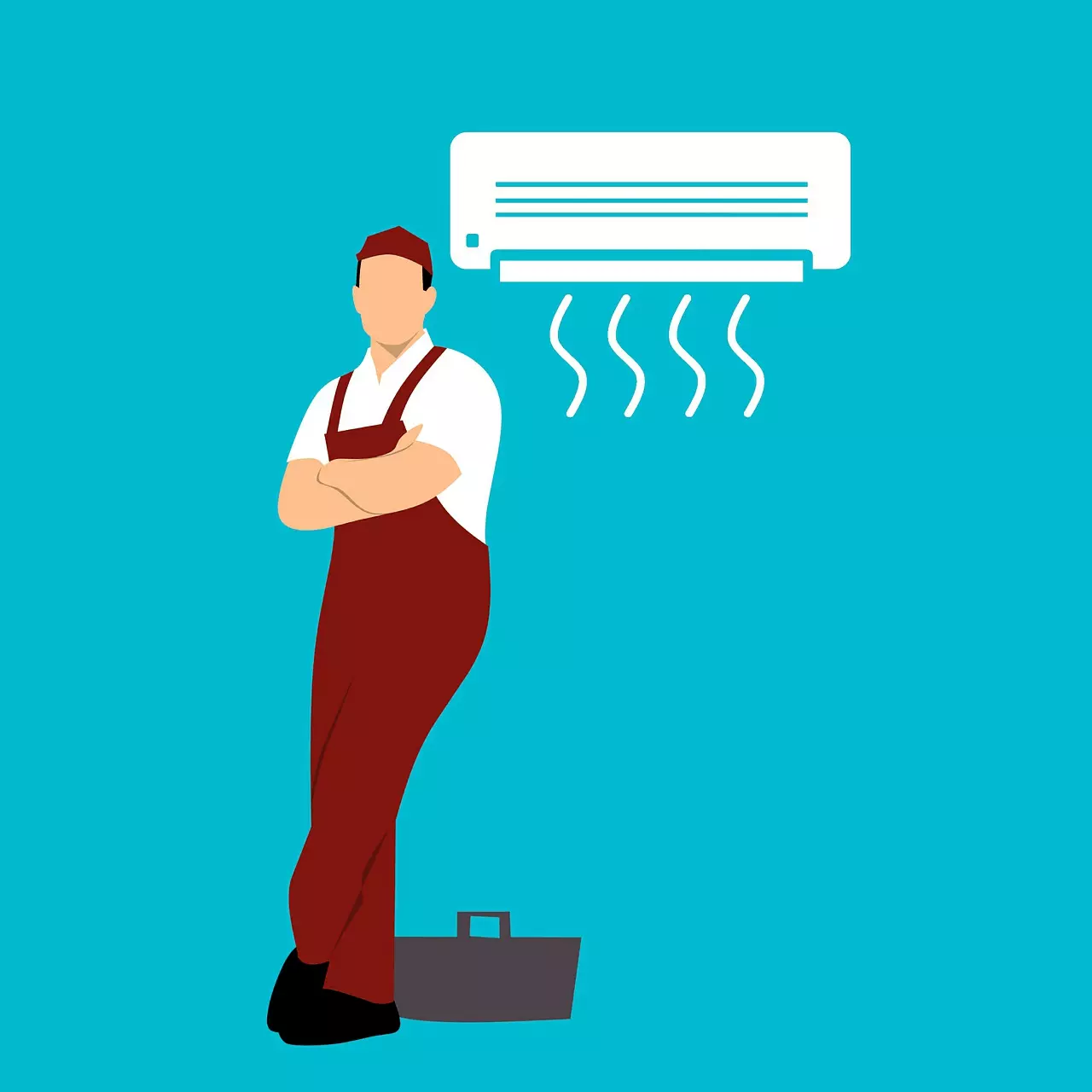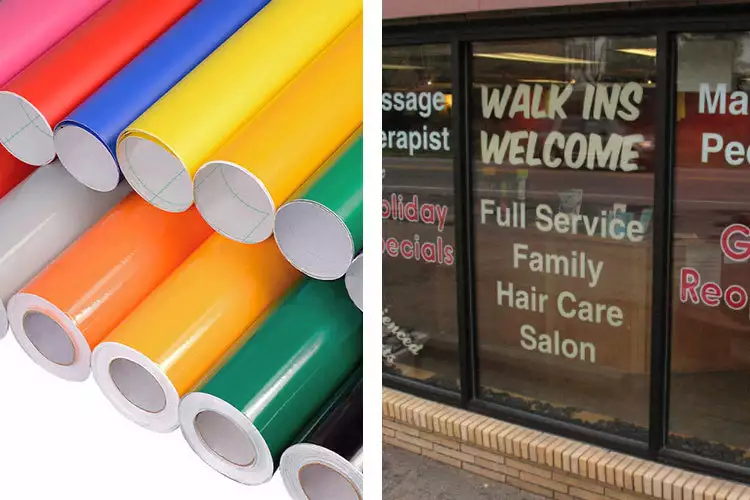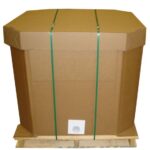9 Key Areas of Your Home to Inspect Before Heavy Rainfall Hits
Heavy rainfall can lead to significant property damage if your home isn’t properly prepared. Flooding, leaks, and structural damage are just some of the risks associated with stormy weather. To protect your home, it’s essential to perform a thorough inspection of critical areas before the rain begins. This article highlights nine key areas of your home to inspect, helping you minimize damage and keep your property safe.
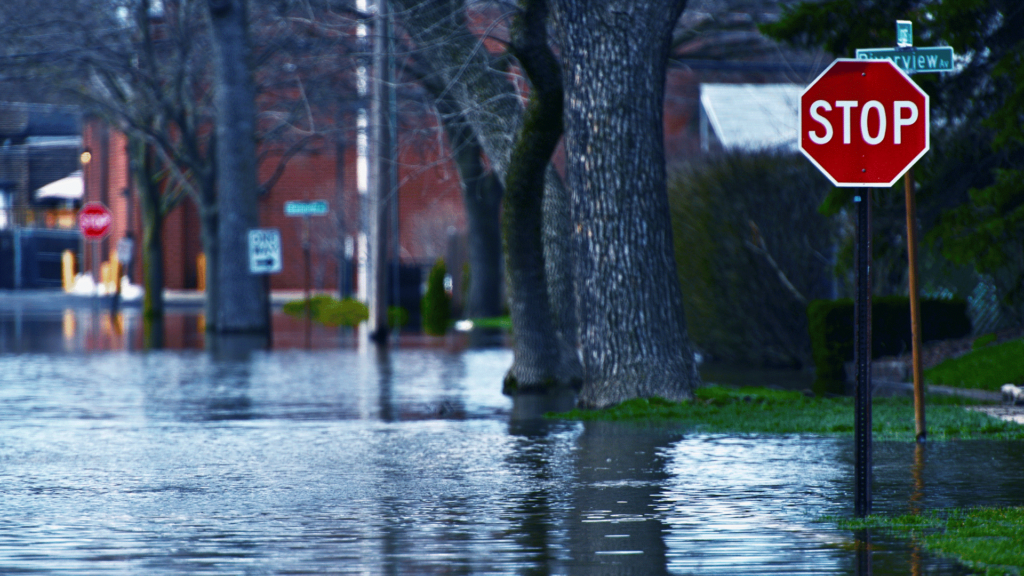
Content
1. Roofing
Your roof is your first line of defense against heavy rainfall. Even small cracks or missing shingles can allow water to seep into your home, causing leaks and structural damage. Inspect your roof for signs of wear and tear, such as curling, damaged, or missing shingles, as well as any sagging areas that may indicate underlying issues.
What to Do:
Replace damaged shingles, seal any cracks, and clear away debris that could block drainage. If you’re unsure about the condition of your roof, consider hiring a professional for a thorough inspection.
2. Gutters and Downspouts
Clogged gutters and downspouts are a leading cause of water damage during heavy rains. When gutters are blocked, water can overflow and pool around your home’s foundation, increasing the risk of flooding and structural issues.
What to Do:
Clean out your gutters and ensure that downspouts direct water at least 6 feet away from your home. Consider installing gutter guards to prevent future clogs and ensure smooth water flow.
3. Windows and Doors
Windows and doors are common entry points for water during storms. Cracked seals, damaged frames, or improper installation can lead to leaks that damage walls, flooring, and furniture.
What to Do:
Inspect the seals around windows and doors for cracks or gaps and replace them if necessary. Consider adding weatherstripping or storm shutters for extra protection against heavy rainfall.
4. Foundation
The foundation of your home is vulnerable to water damage, especially if there are cracks or weak spots. Excess water can seep into these areas, causing flooding in basements or crawl spaces and compromising the structural integrity of your home.
What to Do:
Examine your foundation for visible cracks and seal them with a waterproof sealant. If your home has a basement, check for signs of moisture or leaks and install a sump pump if needed.
5. Basements and Crawl Spaces
Basements and crawl spaces are especially prone to flooding during heavy rains. Improper drainage or high water tables can lead to standing water, mold growth, and long-term damage.
What to Do:
Check for any existing water damage or mold in these areas. Install a sump pump and consider adding a dehumidifier to control moisture levels. Ensure that any vents or access points are sealed to keep water out.
6. Landscaping and Drainage
Your yard’s landscaping and drainage system play a crucial role in diverting water away from your home. Poor grading or blocked drains can cause water to pool near your foundation, increasing the risk of flooding.
What to Do:
Inspect your yard for areas where water collects and ensure that the ground slopes away from your home. Clear any debris from drains and gutters, and consider adding French drains or swales to improve water flow.
7. Exterior Walls and Siding
Exterior walls and siding protect your home from the elements, but cracks or gaps can allow water to penetrate, leading to rot, mold, or interior damage.
What to Do:
Examine your home’s siding for cracks, gaps, or loose panels. Seal any openings with caulk and repaint or replace damaged areas to maintain a waterproof barrier.
8. Plumbing and Water Systems
Heavy rains can overwhelm your home’s plumbing system, especially if there are leaks or blockages. A backed-up system can lead to water damage both inside and outside your home.
What to Do:
Inspect all visible plumbing for leaks or corrosion, and ensure that outdoor faucets and irrigation systems are properly sealed. Test your sump pump to confirm it’s in working order before the rain begins.
9. Garage and Storage Areas
Garages and storage areas often house valuable belongings that can be damaged by water. These spaces are also prone to flooding due to their proximity to ground level.
What to Do:
Inspect your garage door seals and make sure they’re in good condition. Elevate items stored in these areas to protect them from potential water damage, and consider adding flood barriers for extra protection.
Preparation is Key
Heavy rainfall can pose serious risks to your home, but taking the time to inspect these nine areas can significantly reduce the likelihood of damage. By addressing vulnerabilities in your roof, gutters, foundation, and more, you can protect your property and ensure your family’s safety.
If your home does suffer water damage despite your best efforts, seeking flood damage restoration services promptly is crucial to prevent further complications. With proper preparation and timely action, you can safeguard your home and weather the storm with confidence.

I am Scott Miller and my love is writing about home improvement. I write mostly about home ideas, but also share some tips and tricks that can make your life easier when it comes to getting things done in the house.



